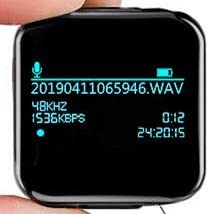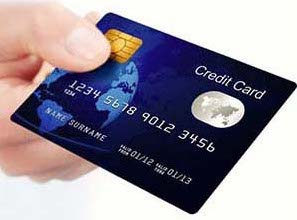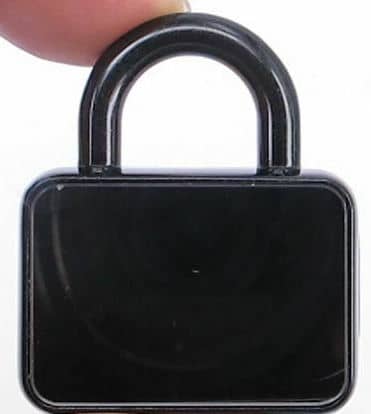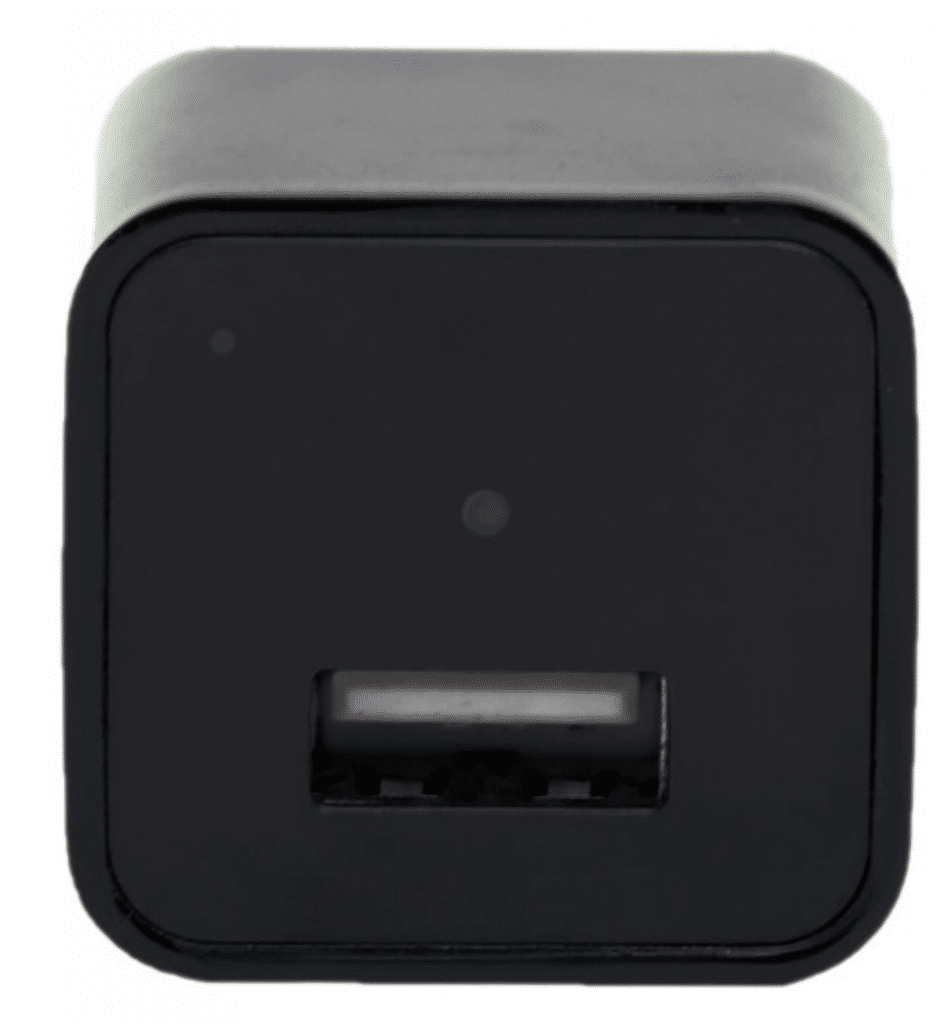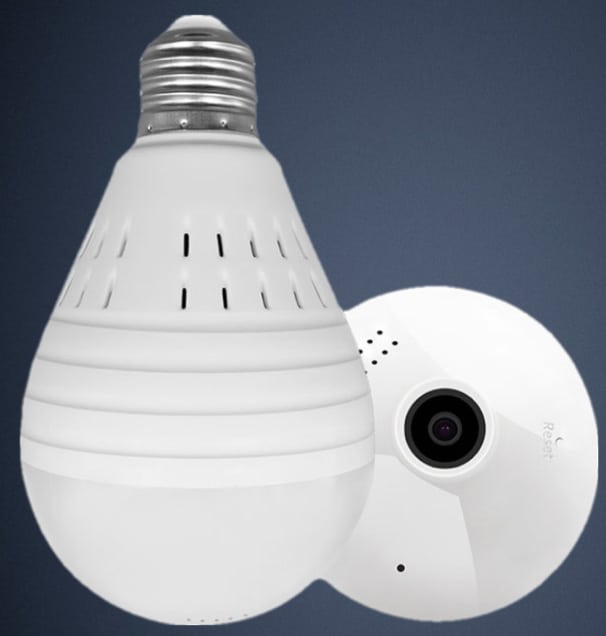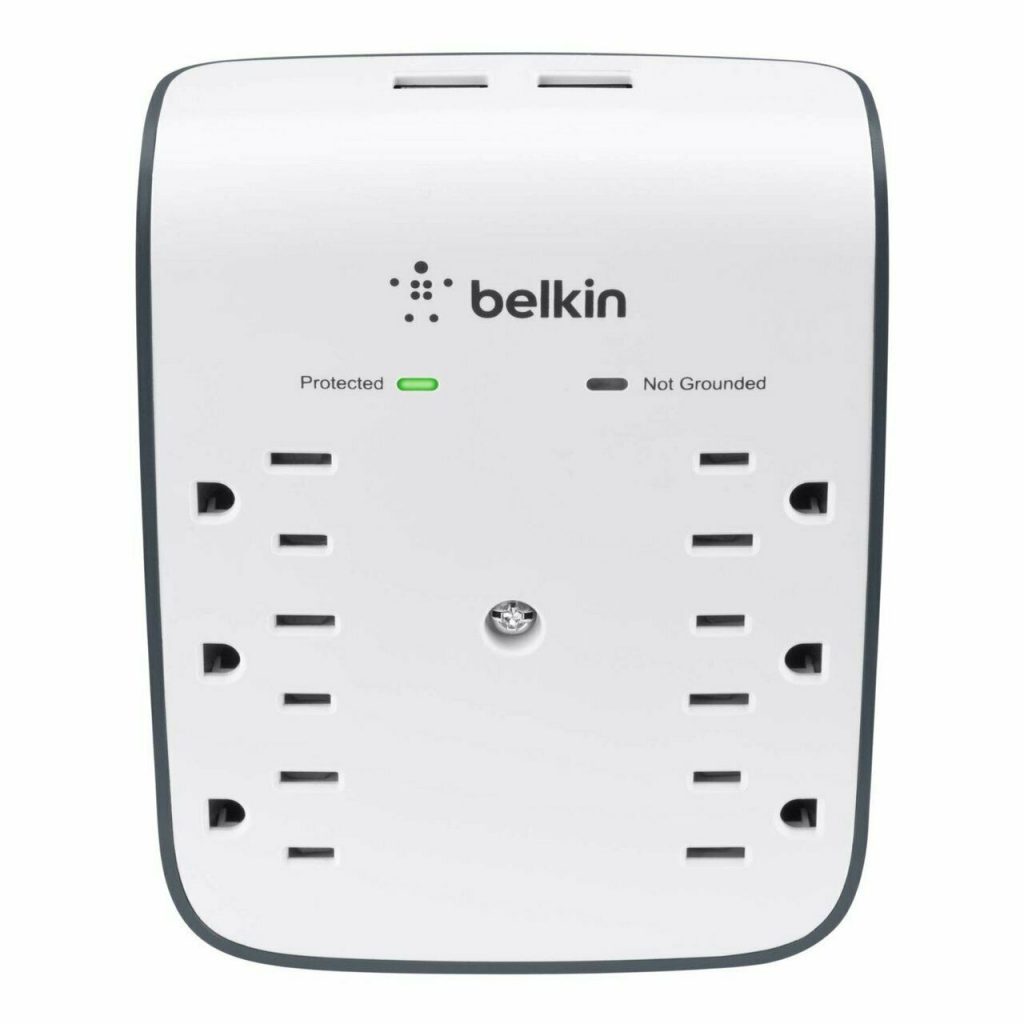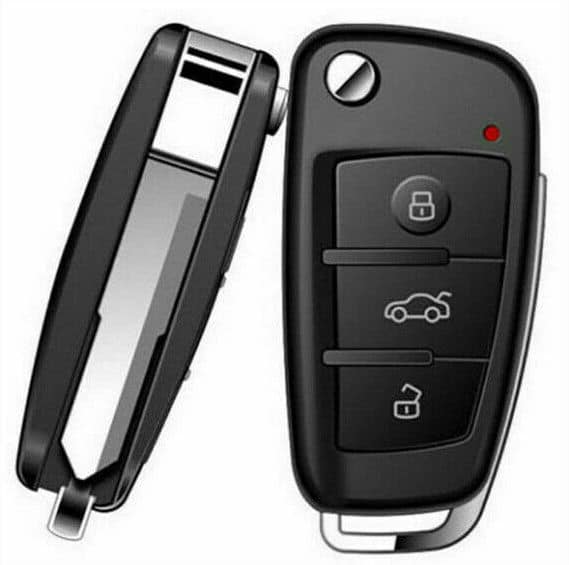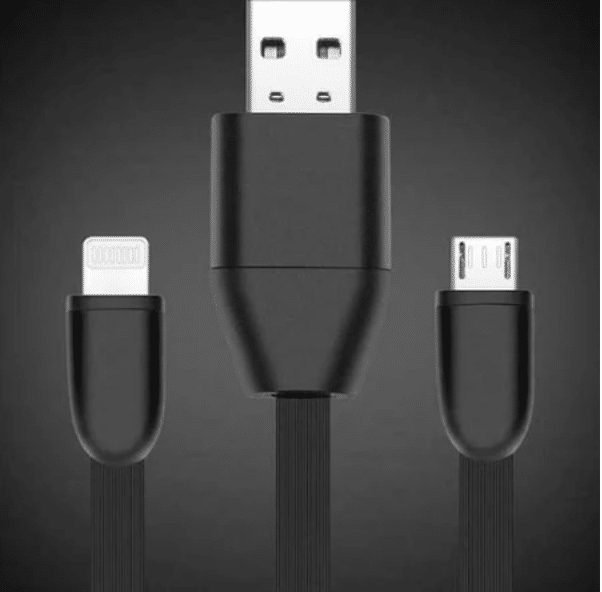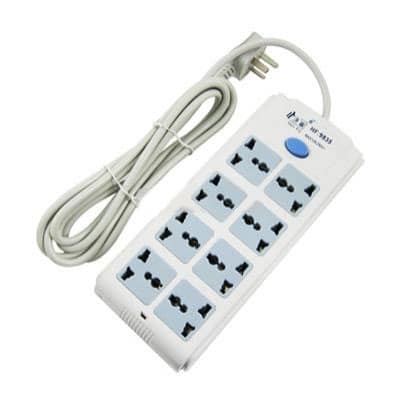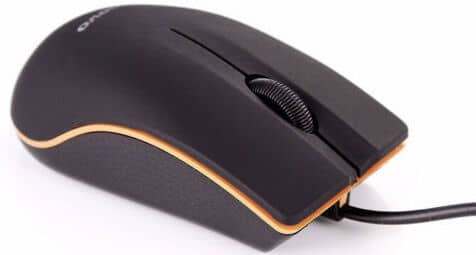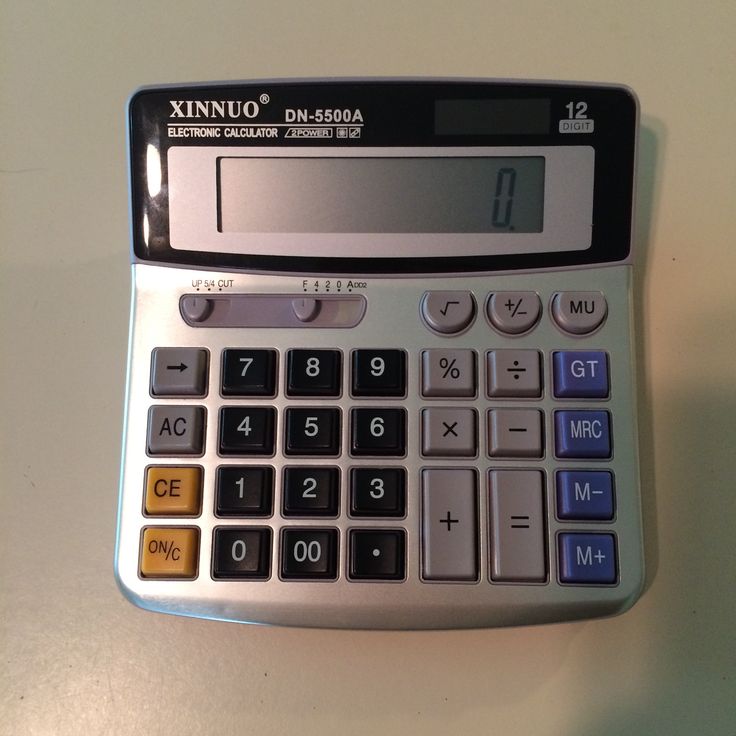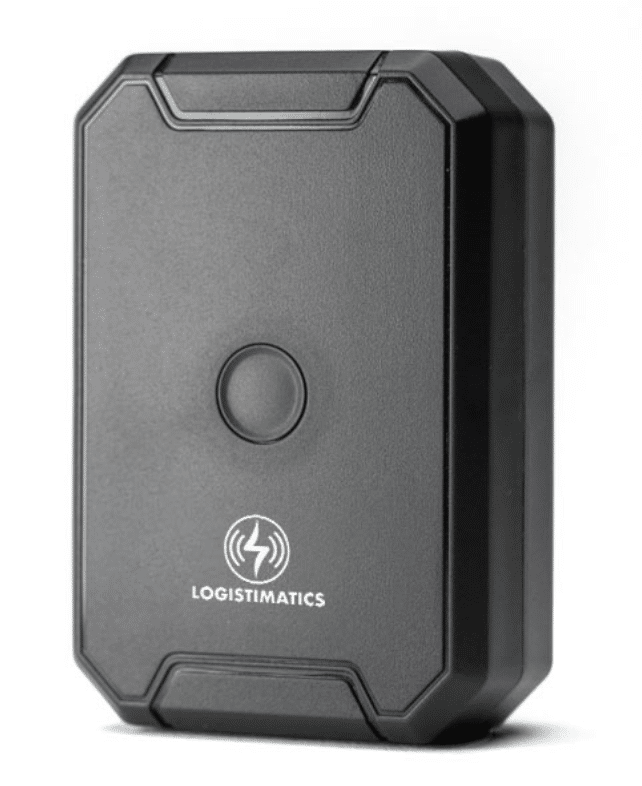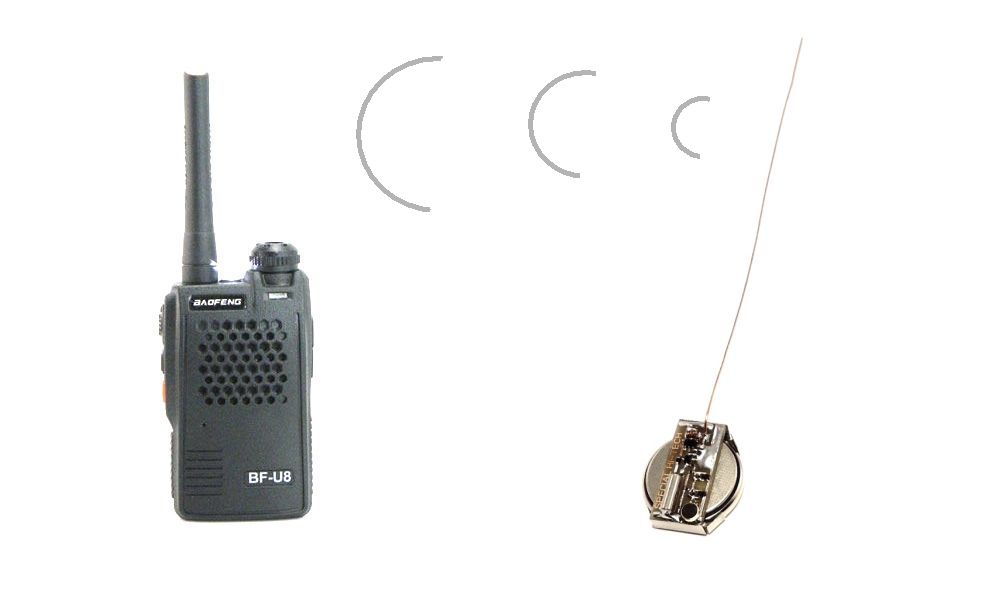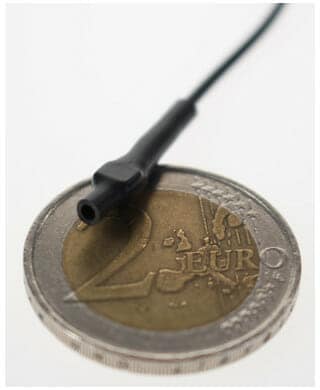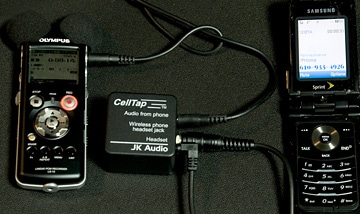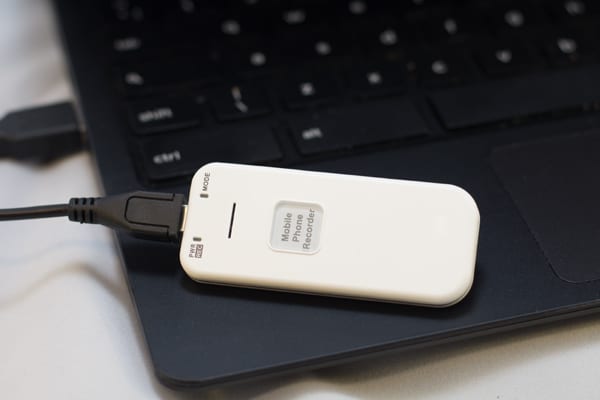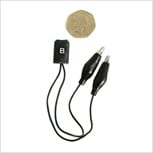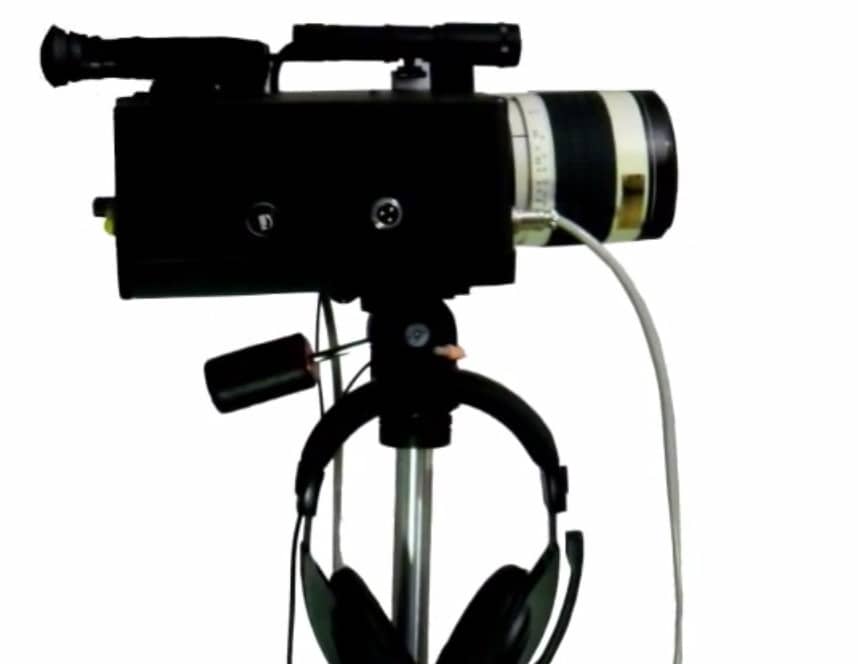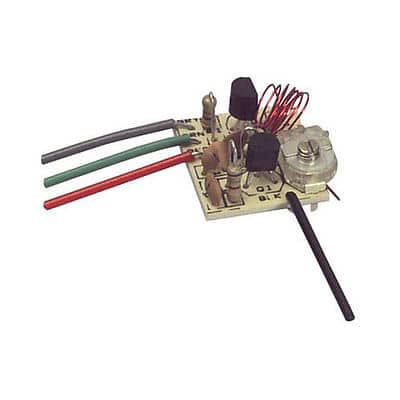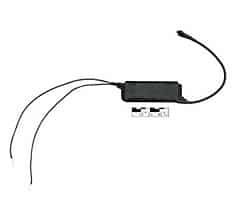Spy Gadgets | Spy Gear
Spy gadgets are now smaller in size, lower in price, disguised in common items, readily available, easier to use and introduce less risk for the spy. The manufacture and sale of spy gadgets is a multibillion dollar industry, and it continues to grow.
Spy Gadget Facts
- Smaller in size: As technology has become miniaturized, so has spy gear. Some cameras and microphones are smaller than the tip of your finger.
- Lower in price: Many spy gadgets are inexpensive ($15 or less).
- Disguised in common items: A voice recorder or a spy camera can be purchased in many common items, like water bottles, credit cards, key fobs, etc. These devices can collect information in plain view without alerting a target(s).
- Readily available: Anyone can easily (and discreetly) purchase spy gadgets online and have them delivered to their door.
- Easier to use: Many spy gadgets require minimal set up and some come with their own app.
- Less risky for a spy: By using Bluetooth, Wi-Fi or the cellular networks to push information to the spy, the spy doesn’t have to risk coming back into the target(s)’ location to retrieve the device. Some of these devices can be remotely activated and have live listen functionality.
It’s now easier for a spy to get unauthorized electronic access to a target’s information than ever before.
Beyond spy gadgets, electronic eavesdroppers can also access your WiFi network, computer cameras and Internet of Things (IoT) devices remotely. Computers and cell phones can also be used as surveillance devices. Surprisingly, a spy does not need to plant a bugging device to access your information. Technology makes it easier than ever for a spy to access your information.
Is It Legal
Spy gear is designed and intended to collect audio, video and/or data from an unsuspecting target. Most often, these devices are used to access information in an unauthorized or illegal manner. The Electronic Communications Privacy Act of 1986 (ECPA) sets forth the USA Federal regulations. “The ECPA protects wire, oral, and electronic communications while those communications are being made, are in transit, and when they are stored on computers. The Act applies to email, telephone conversations, and data stored electronically.” As well, specific state laws also apply. Anyone that intends to purchase spy gear, should very carefully consider the law before doing so.
Our spy gadgets guide does not include every type of spying gadget. Instead, the guide provides a general overview of the spy gear currently used.
If you suspect you are bugged, please visit our bug sweep page for more information.



